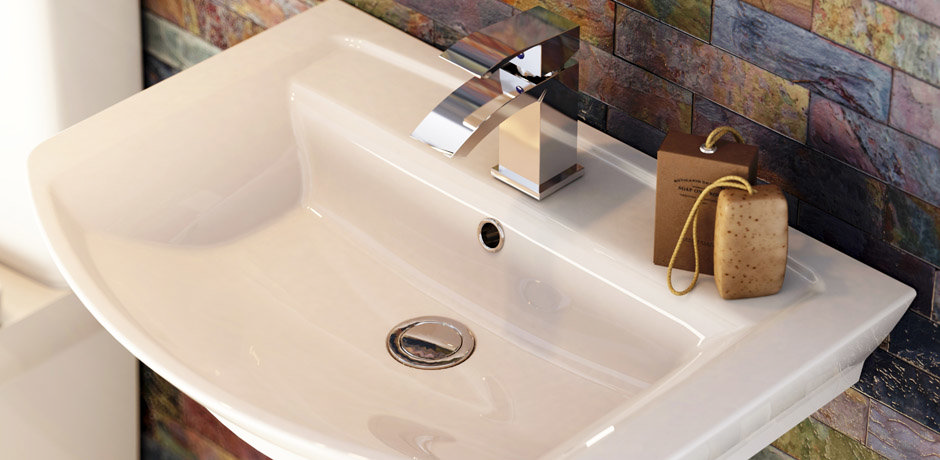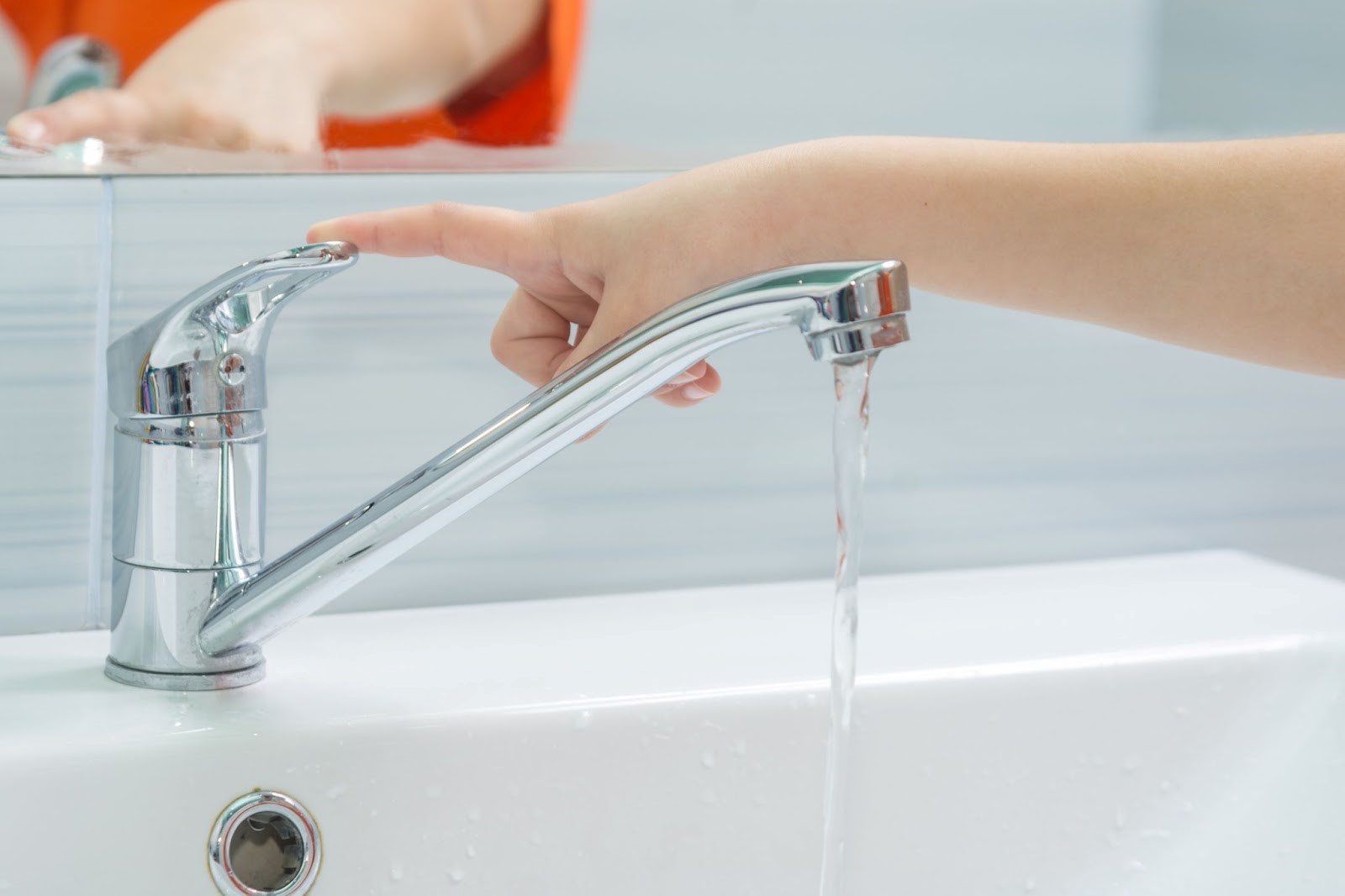Useful Techniques For Addressing A Slow-Draining Sink
Useful Techniques For Addressing A Slow-Draining Sink
Blog Article
Right here further down yow will discover lots of awesome content when it comes to How to Fix a Slow Draining Sink.

Introduction
We've all been there: You're cleaning your teeth or cleaning your hands, and you see the water pooling in the sink. Instead of rapidly swirling away, it sticks around, transforming your once-refreshing morning routine right into a small swamp scene. A slow-draining sink isn't simply annoying; it's often an indication of larger plumbing problems prowling beneath the surface. Fortunately is that a lot of slow-draining sinks can be taken care of with a little know-how, a few fundamental tools, and some patience. All set to tackle this job head-on? Let's roll up our sleeves and dive right in.
Understanding the Reasons For a Slow-Draining Sink
Prior to you begin poking around in your pipes, it helps to recognize what may be creating the downturn. Understanding the origin makes it simpler to choose the best fix.
Usual Culprits Behind Slow Drainage
So, what's blocking points up? Normally, it's a mixture of daily particles-- think hair, soap residue, tooth paste deposit, and remaining food particles. Gradually, these little bits collect and hold on to the pipe wall surfaces, gradually narrowing the flow and making it harder for water to pass through. In some cases, natural resource from hard water can additionally contribute to the substance, developing the excellent tornado for persistent blockages.
When is it Time to Take Action?
If you observe the water draining pipes slower than typical, it's a good concept to intervene sooner rather than later. Waiting also long could result in finish blockages, undesirable odors, or perhaps pipe damages. If the water takes greater than a couple of seconds to clear out after shutting off the tap, consider it a red flag and prepare to place on your do it yourself hat.
Devices and Materials You'll Require
The right devices make all the difference. Luckily, you will not need a fully stocked plumbing's van to do the job.
Vital Tools for DIY Services
A plunger is your go-to starting factor. A small, sink-sized bettor produces suction that can dislodge small clogs. For even more persistent obstructions, a drainpipe snake (occasionally called a plumbing technician's auger) functions wonders. A set of gloves, a flashlight, and maybe a set of protective goggles are also handy.
Advised Cleaning Solutions
Light dish soap and warm water can aid break down greasy accumulation. A mixture of baking soft drink and vinegar is a reliable natural home remedy, and chemical cleaners use an even more environment-friendly method. Maintain chemical drainpipe cleansers as a last option, as they can be extreme on your pipelines.
Security First: Preventative Measures and Prep work
Prior to you launch into unclogging setting, think about safety and security. You're handling potentially dirty water and particles, so slip on a pair of handwear covers. If you're making use of chemical cleaners, guarantee the room is well-ventilated and comply with the guidelines on the label.
Safety Equipment and Office Setup
Put down some old towels or rags around the sink location to capture sprinkles. Clear away any kind of products that could get in your means, like soap dispensers or tooth brush owners. Make sure you have excellent lighting-- grab a flashlight if needed.
Step-by-Step Guide to Fixing a Slow-Draining Sink
Currently, allow's enter the nitty-gritty. This detailed process will certainly lead you with easy techniques to recover your sink's drain.
Action 1: Eliminate and Tidy the Stopper
Often, the stopper (that tiny plug you push down to obstruct water) is the very first culprit. Remove it carefully and wipe any hair or crud caught around its base. Wash it completely prior to putting it back in place.
Action 2: Make Use Of a Plunger to Remove Particles
Got that bettor ready? Setting it over the drainpipe and offer it a couple of company pumps. The concept is to produce suction that can loosen up any type of obstruction. If you see littles debris floating up, you're on the ideal track.
Action 3: Try a Drainpipe Serpent or Cord Hanger
If the bettor does not work, it's time to draw out the drain snake. Delicately feed it right into the drainpipe and twist as you go. You may feel some resistance-- that's likely the blockage. Keep twisting and drawing up until you eliminate the blockage. If you do not have a drain snake, a straightened out cord hanger can operate in a pinch.
Step 4: Apply a Do It Yourself Drainpipe Cleaner
An all-natural cleaner made from cooking soda and vinegar can break down residual grime. Put half a mug of cooking soft drink into the drainpipe, adhered to by half a mug of vinegar. Allow it fizz for about 15 mins, then flush with warm water. This chemical reaction typically does wonders for minor clogs.
Tip 5: Reassemble and Check the Sink
Put whatever back with each other and run the tap. Does the water currently swirl down the drain at a commendable speed? If yes, give yourself a pat on the back. Otherwise, do not misery-- there are still a few even more tricks up your sleeve.
Different Methods for Stubborn Clogs
Not all blockages are produced equal. If your sink still declines to coordinate, take into consideration these different remedies.
Baking Soda and Vinegar Method
We currently discussed this, however it's worth noting again. This gentle, environment-friendly technique is much safer than chemical cleaners and frequently quite efficient.
Enzymatic Drain Cleansers
Enzyme-based cleaners make use of natural germs to digest raw material. They're an exceptional option if you're aiming to prevent harsh chemicals. Simply remember, they might take a bit longer to function their magic.
Chemical Drain Cleaning Company: Advantages And Disadvantages
Chemical cleansers can blast through challenging clogs quickly, however they're not without downsides. They can generate heat and fumes, damage pipelines if used excessively, and present environmental risks. Utilize them sparingly, and constantly comply with the instructions carefully.
Preventive Measures to Keep Your Sink Flowing
Avoidance is the most effective treatment. By embracing a few simple behaviors, you can keep your sink from slowing down to begin with.
Routine Cleaning Behaviors
Wipe down the sink container and fixture location consistently. Eliminate hair or food fragments before they have an opportunity to wash down the drain.
Avoiding Unsafe Materials Down the Drain
Reconsider prior to disposing coffee premises, oil, or fibrous veggie scraps down the sink. These offenders hold on to pipeline walls, producing clogs over time.
Routine Upkeep Checks
Arrange a fast monthly evaluation. Run hot water through the sink for a few minutes, taking notice of the circulation. If it appears sluggish, act fast before it comes to be a full-on clog.
When to Call a Professional Plumbing Technician
Occasionally, no matter how tough you attempt, that obstruct simply will not budge. That's when it's time to bring in the pros.
Indications That Indicate a More Major Issue
If your sink drains pipes slowly despite multiple attempts, or if you observe water supporting in other fixtures (like your shower or commode), you may have an extra severe plumbing issue prowling deeper in the system.
Stabilizing DIY Initiatives with Expert Help
While DIY can save you cash and supply a sense of achievement, there's no shame in calling a professional. A specialist plumber can assess your entire plumbing arrangement, ensuring there's no underlying damage or long-term problem that can cost you more down the road.
Comparing Costs and Long-Term Solutions
Before making a decision, take into consideration the big picture. A cheap, quick fix might solve the trouble temporarily, but purchasing an extra long-term service can conserve you money and tension in the long run.
Weighing the Expenditures of DIY vs. Specialist Repairs
Do it yourself repairs commonly cost little greater than the price of a bettor or a container of baking soft drink. Expert services, on the other hand, featured a price tag yet might protect against repeated issues and costly repair work later.
Investing in High Quality Fixtures and Upgrades
If your sink's design contributes to regular obstructions, it might be worth upgrading to higher-quality components or altering the plumbing design. Consider this a financial investment in your house's functionality and comfort.
Verdict
A slow-draining sink can seem like a small irritation, but it's typically an indication that your plumbing requires a little TLC. By comprehending the source, employing the right devices and strategies, and committing to straightforward preventive measures, you can maintain your sink moving openly. And when all else falls short, never ever think twice to employ an expert-- your home's plumbing deserves the investment in treatment and maintenance.
4 Tips to Fix a Slow Draining Sink
Removing the Pop-Up
This is a great place to start when it comes to troubleshooting a slow draining sink. If your sink has a pop-up, carefully take it out and remove debris that has built up around the tool. This will also allow you to see if there are any significant blockages in the drain that you can pull out on your own to help clear up the issue.
Use a Zip-It Tool
Like a snake for a large drain, a zip-it tool helps clear out any debris or hair from a sink drain. A tool like this can be used with a drain that pops out or not as it s thinner than most snake-like tools.
Use a Drain Cleaner
Whether making an at-home cleaner or buying a solution at the store, this is a common fix many turn to when it comes to a slow draining sink. There are several options available for purchase at local supermarkets, but for those who prefer to create their own solution, one of the most common is the following.
How to Unclog a Drain Naturally
Pour boiling water down the drain Pour cup of baking soda down the drain Pour cup of vinegar down the drain Wait 10 minutes Pour boiling water down the drain again Turn on the hot water faucet to clear out the solution Use a Plunger
As a worst-case scenario option, a plunger may be a good option for those who are still struggling to get debris out of their drain. This could be especially useful if there is a large item that you suspect may be significantly stuck down the drain.
https://www.abaileyplumbing.com/blog/2021/august/4-tips-to-fix-a-slow-draining-sink/

Do you enjoy reading up on Solved! How to Fix a Slow Sink Drain? Write a remark below. We will be glad to listen to your suggestions about this blog posting. We are looking forward to see you back again in the near future. Appreciated our entry? Please share it. Help other people locate it. I thank you for reading our article about Solved! How to Fix a Slow Sink Drain.
Click Here Report this page